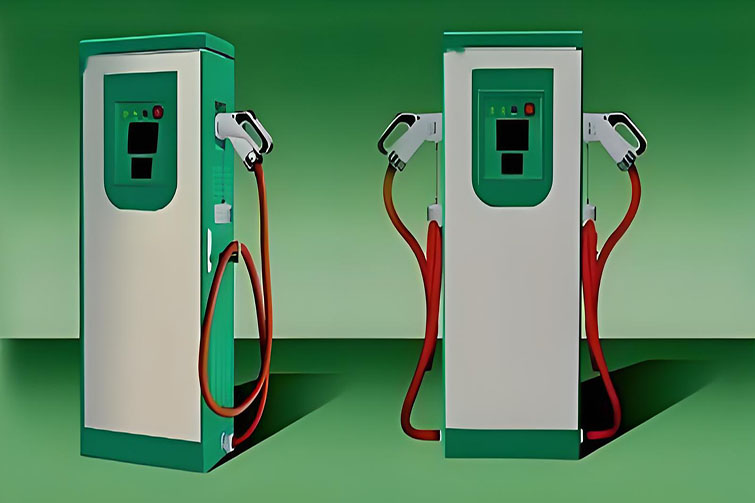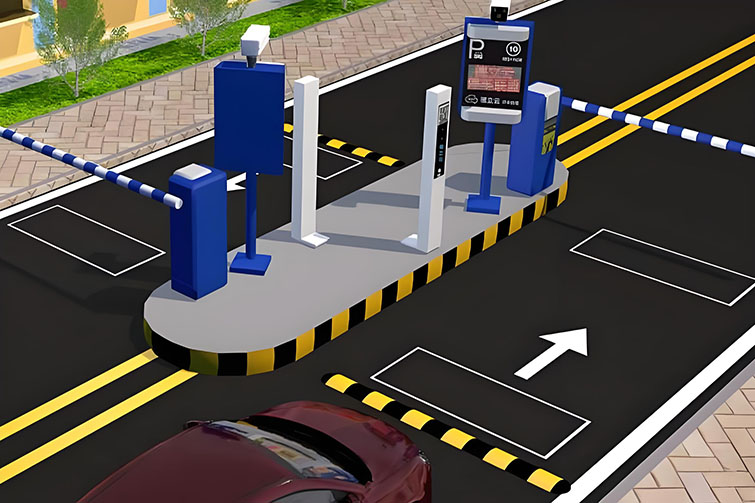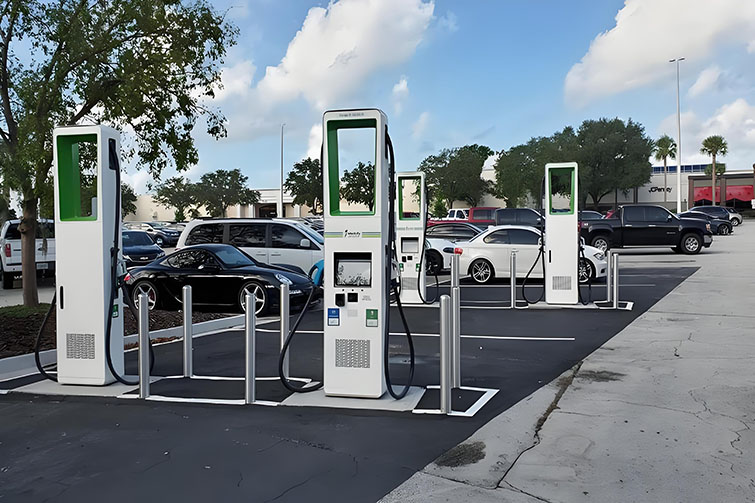
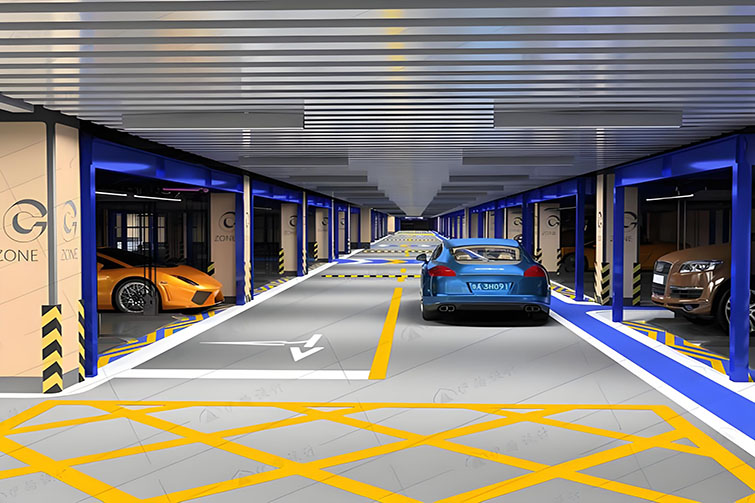
Integrating Sustainability into Parking Area Design Standards
The design of parking areas has traditionally focused on maximizing space and convenience for users. However, as environmental sustainability becomes a pressing global issue, parking area design standards are evolving to include eco-friendly practices. These standards are not just about regulating the size and layout of parking lots but are increasingly about integrating green design elements to reduce environmental impact.
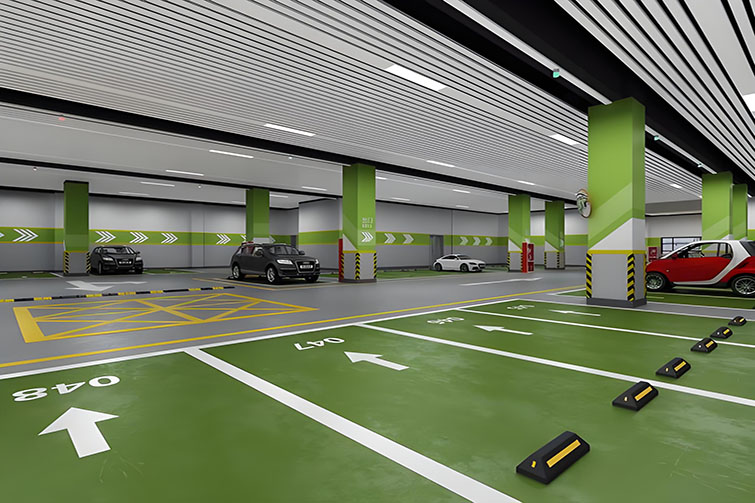
Sustainable Design Principles:
When integrating sustainability into parking area design, several principles are crucial. These include minimizing surface area to reduce heat island effects, using permeable materials to enhance water management, and incorporating vegetation to improve air quality and aesthetics. Sustainable design also prioritizes the efficient use of space through multi-level structures and the inclusion of electric vehicle (EV) charging stations to promote the use of green vehicles.
Parking Lot Painting Ideas:
Innovative painting techniques can play a significant role in sustainable parking design. Using reflective paints can decrease the temperature of paved areas, reducing the urban heat island effect. Clearly marked parking spaces and directional flows can maximize the efficiency of the space, reducing the time vehicles spend idling, thereby lowering pollution. Creative designs can also be used to delineate spaces reserved for carpooling and EVs, encouraging more sustainable transportation options.
Types of Parking Areas and Their Sustainability Potential:
There are several types of parking areas, each with unique opportunities for sustainable design:
- Surface Parking Lots: These are the most common and have significant potential for sustainability improvements, such as solar panel installations over parking spaces to generate energy.
- Underground and Multi-level Parking Structures: These reduce the footprint of parking areas on the surface and can be equipped with green roofs and walls to further enhance their sustainability.
- Automated Parking Systems: These systems maximize space efficiency and reduce the need for large parking areas, allowing more room for green spaces.
How to Make a Parking Lot Sustainable:
Creating a sustainable parking lot involves more than just the initial design; it requires a comprehensive approach:
- Material Choices: Opt for eco-friendly materials in the construction of parking lots, such as recycled asphalt or concrete and sustainable lighting solutions.
- Stormwater Management: Implement systems to collect and reuse rainwater for landscaping and other non-potable uses.
- Maintenance Practices: Use environmentally friendly cleaning products and methods to maintain the parking area.
Conclusion:
By integrating sustainability into parking area design standards, cities can significantly reduce the environmental impact of these necessary urban spaces. Sustainable parking solutions not only address immediate environmental concerns but also contribute to the long-term health and well-being of urban environments. As technology and materials evolve, so too must our approach to designing and maintaining parking areas, ensuring they are both efficient and environmentally responsible.



